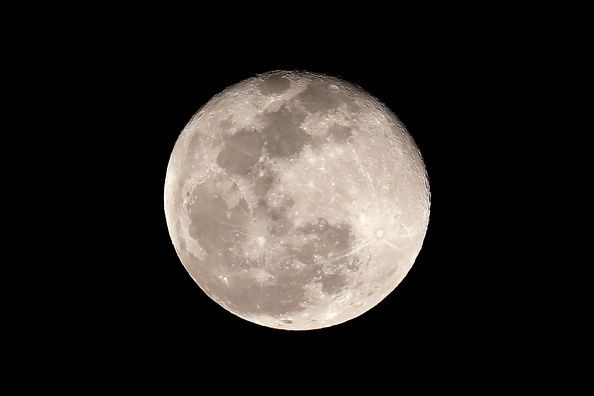The Moon Could Be A Mini Version Of The Earth

Recent research revealed closer links between the Earth and the Moon. A study has looked into the possibility that the Moon could be a mini-Earth.
The Moon's widely accepted origin is that it formed after a Mars-sized object hit young Earth. When the collision happened, materials flew across and eventually combined and formed a disk. This eventually became the Moon as far as the theory goes.
Interestingly, new research from planetary scientist Kevin Righter of the Astromaterials Research and Exploration Science Division (ARES) at NASA’s Johnson Space Center in Houston, Texas suggested that the Moon may be more like the Earth's mini version instead of a combination of sorts.
Righter's study claimed that the Moon is not a combination of Earth and the materials from the object that hit it. Instead, it is believed to be a mini version of the Earth. The Earth and Moon seem different from each other because some of the elements found in our planet may not have condensed on the Moon. Instead, they remained in their gas phase.
"Researchers have analyzed small subsets of these elements in the past, but this is the first time that all 14 elements were modeled together to analyze the Earth-Moon system,” Righter said. According to Righter’s proposal, elements such as tin, zinc, indium, cadmium and thulium may be found in lower concentrations on the mantle of the Moon since they never re-condensed following the impact.
Righter’s research appears to be backed by the discovery related to the rock Alan Shepard, the commander of NASA's Apollo 14 mission, brought back from the Moon. Apparently, the object has been deemed as possibly the Earth’s oldest rock. Officially called "Lunar Sample 14321" or simply "Big Bertha," the rock is believed to have formed billions of years ago on Earth and made its way to the Moon’s surface due to a violent impact. The scenario isn’t that impossible considering that the Earth had been a constant target of meteorites earlier on.
Through the years, the Moon has continued to be a subject of interest even more so now that several countries and companies are investing in lunar exploration. Recently, SpaceX CEO and Founder Elon Musk showed new images of the company's rocket engines that can help its goal to reach the Moon as fast as possible. Musk has named Japanese businessman Yusaku Maezawa as the first passenger of his planned Moon voyage.
Russia, similarly, has been working on flying tourists to space and the Moon in the near future. Sergei Zhukov, co-leader of the working group of the National AeroNet Technology Initiative, confirmed that the CosmoCourse project has already obtained a license from the Russian space agency, Roscosmos.
© Copyright IBTimes 2024. All rights reserved.





















